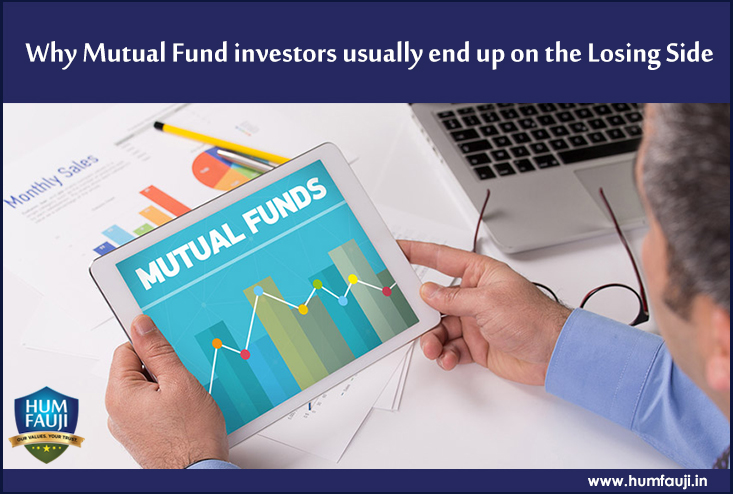We frequently come across individuals who are very finance-savvy but have taken a fancy to one particular asset-class and are totally convinced that it is the best one to sail them through their life. This bias is seen mostly in real-estate investments and in equity investments(stocks or shares, as they are variously called). Unmindful of the danger it poses to their long-term goals, they continue to invest all their investible suplus in their favoured avenue without caring about one of the Golden Rules of Investment – Diversification of assets.
What is diversification? Diversification means spreading your investments over a number of investment avenues.
Why do we need to diversify our investments? Why should we not put it all in only one type of investment which we think is the best? Let’s look at the example below.
A man wants to sell eggs to buyers in the city. He will carry the eggs in a basket and will travel across from his village to the city. The whole process will be done as below:
- Buyers will buy all the eggs in the basket.
- Each egg will sell for Rs 2.
- If a basket carrying the eggs drops, all the eggs inside the basket will be broken.
- Buyer will not buy broken eggs.
- There are total of 50 eggs to be carried.
1st scenario: put all the eggs in One basket. The man puts all the 50 eggs in one basket and carries to the city. The money he can get from selling the eggs will be as below:
| Possibility | Eggs Safe | Eggs Broken | Net Profit (Rs) |
| Basket safe | 50 | 0 | 100 |
| Basket drops | 0 | 50 | 0 |
The maximum net profit the man can get is Rs100. If he drops the basket, he will get nothing.
2nd scenario: put all the eggs in 2 baskets. The man distributes the 50 eggs into two baskets and carries to the city. Each basket will have 25 eggs. The money he can get from selling the eggs will be as below:
| Possibility | Eggs Safe | Eggs Broken | Net Profit (Rs) |
| 2 baskets safe | 50 | 0 | 100 |
| 1 basket drops and 1 basket safe | 25 | 25 | 50 |
| 2 baskets drop | 0 | 50 | 0 |
3rd scenario: put all the eggs in 5 baskets. The man distributes the 50 eggs in five baskets and carries to the city. Each basket will have 10 eggs. The money he can get from selling the eggs will be as below:
| Possibility | Eggs Safe | Eggs Broken | Net Profit (Rs) |
| 5 baskets safe | 50 | 0 | 100 |
| 1 basket drops and 4 baskets safe | 40 | 10 | 80 |
| 2 baskets drop and 3 baskets safe | 30 | 20 | 60 |
| 3 baskets drop and 2 baskets safe | 20 | 30 | 40 |
| 4 baskets drop and 1 basket safe | 10 | 40 | 20 |
| 5 baskets drop | 0 | 50 | 0 |
Below is the summary of the above three scenarios:
| Scenario No | Profit That Can be earned (Rs) |
| 1st scenario | 0 / 100 |
| 2nd scenario | 0 / 50/ 100 |
| 3rd scenario | 0/ 20/ 40/ 60/ 80/ 100 |
In the 1st scenario, which is to put all the eggs in one basket, the man can either get Rs100 or nothing at all. In 2nd scenario, in addition to Rs 100 or Nil, the man also has the possibility of getting Rs 50. In 3rd scenario, the man can get Rs 100 or Rs 80 or Rs 60 or Rs 40 or Rs 20 or nothing.
So, which scenario do you think is the riskiest? Obviously, 1st scenario because you just cannot afford to drop the basket. In other scenarios, you may get something if you drop one or more baskets.
Do you now know why people like to say do not put all your eggs in one basket!
Remember, the main purpose of diversification is to reduce investment risks to your money as some risks can be diversified away.
[Adapted from a web-post on www.ericfinance.com]
With regards,
Col (retd) Sanjeev Govila, CERTIFIED FINANCIAL PLANNERCM (CFPCM),
CEO, Hum Fauji Initiatives,
Your long-term partner for wealth creation
9999 022 033, 011 – 4054 5977 (Off), contactus@humfauji.in
Visit our Blog, humfauji.in/blog or facebook page http://www.facebook.com/HumFaujiInitiatives to get latest insight on matters financial














Leave a Reply